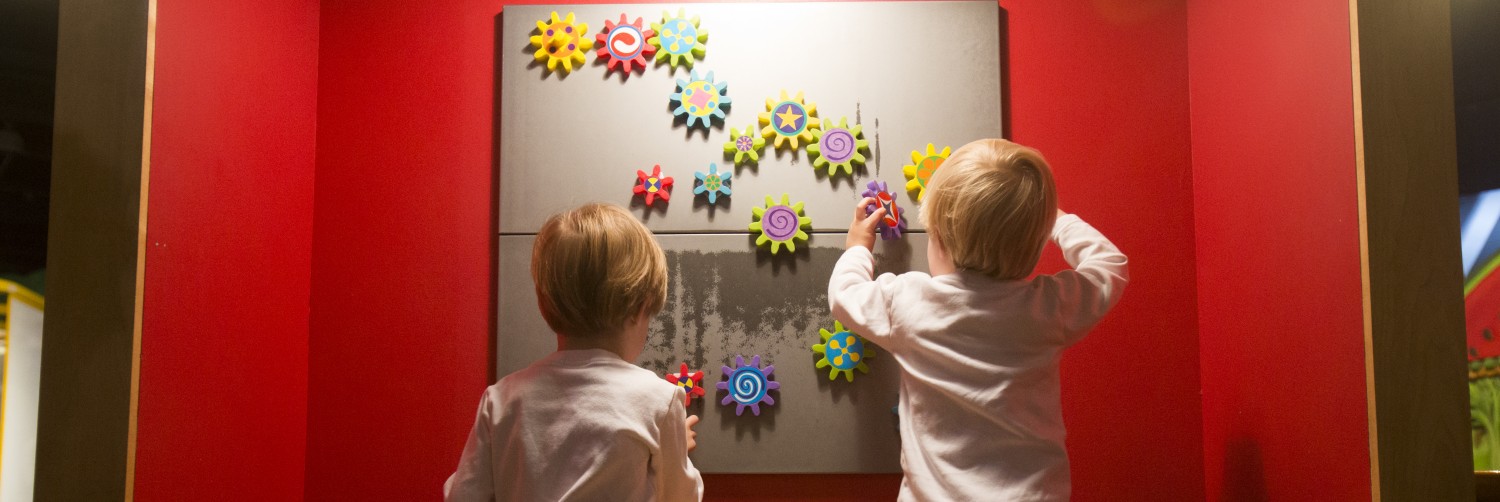As our community outreach programs have grown over the years, our Imaginators have performed mini-musicals in schools throughout Atlanta. Since the mini-musicals are geared toward the concept behind the exhibit, rather than the details of the exhibit itself, they are perfect to use in the Connected Learning: Connected Communities outreach, which we shared with you at the beginning of the summer. Now, we’re expanding our existing “Imaginators On the Go!” program to make it bigger, faster, stronger.
Designed for students in pre-K through 5th grade, “Imaginators on the Go!” offers a program with a dynamic and interactive theatre production, as well as special interactive classroom workshops that bring the learning to life. The performances and the workshops are certified for meeting both Georgia performance standards as well as STEM guidelines.
The musicals and shows include “Storm’s a-Brewin'” for pre-K through 3rd grade (weather science), “Detective Readmore and the Word Bandit,” for pre-K through 1st grade (phonics, word placement, and spelling), “Georgia Grown,” for pre-K through 3rd grade (life science, plants and trees), and “Muskogee,” for pre-K through 5th grade (social studies, Native Americans).
The in-school experience of a mini-musical is not a great deal unlike what guests see here at the Museum, with perhaps one or two amusing adaptations to the different setting. But the result is certainly the same: in “Storm’s a-Brewin’,” it’s a crowd of cheering, clapping children learning what causes the sound of thunder, joining forces to blow the selfish Mr. Storm out of the room, and answering questions about weather safety. The kids love the break from the classroom routine, and while they leave pleased with the music and the Imaginators’ funny performance, they also leave having learned one or two things.
That’s why the program is important. It teaches kids through interactive give-and-take, songs, and a very fun story while reinforcing curriculum. “Storm’s a-Brewin’,” and all of the mini-musicals, are written to entertain, educate, and engage the children, and they’re all hugely successful in doing that.
We’re also sending out Imaginator Scentists to classrooms this fall with Science on the Go!, and four workshop programs: “Gloopy Glop,” which spotlights chemical reactions, “Team Body,” which spotlights body systems and healthy eating, “Head in the Clouds,” for weather science, and “Germs!,” which is fairly self-explanatory. No actual germs will be used in these demos, and we promise not to create explosions in your classroom.
After the show is finished, the teachers can use the concepts that are introduced to enhance the classroom experience. For example, in between some of the songs, one Imaginator may engage the students with some very quick questions and answers about their own experiences with weather – how to dress in the rain, for instance – while waiting for his fellow actor to return from a lightning-fast costume change. These questions can be repeated in the class, with reminders about how the actors explained things.
Doesn’t this sound like too much fun for one school day? If you are interested in having “Imaginators on the Go!” at your school or community center, please visit our website for more information, or phone us at 404.527.5967.





